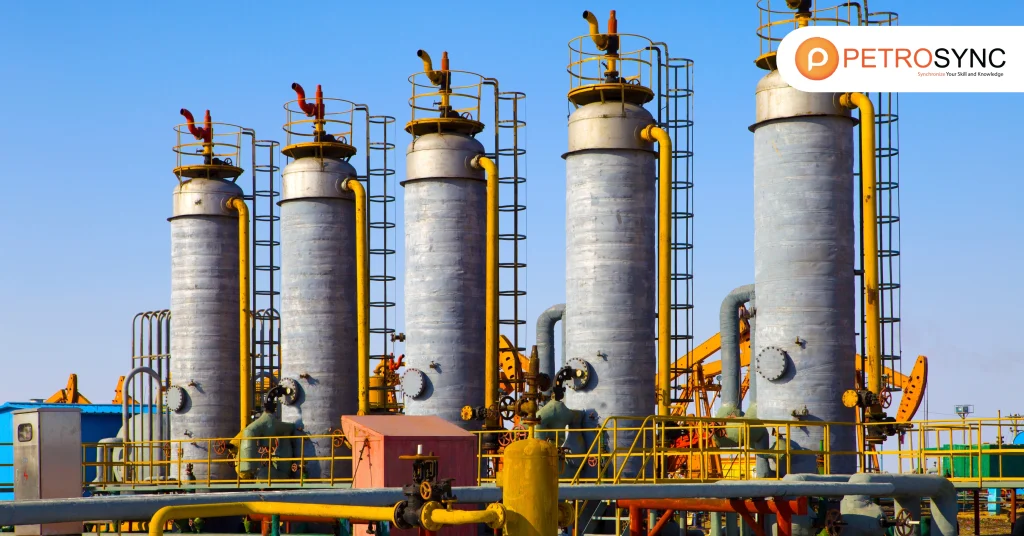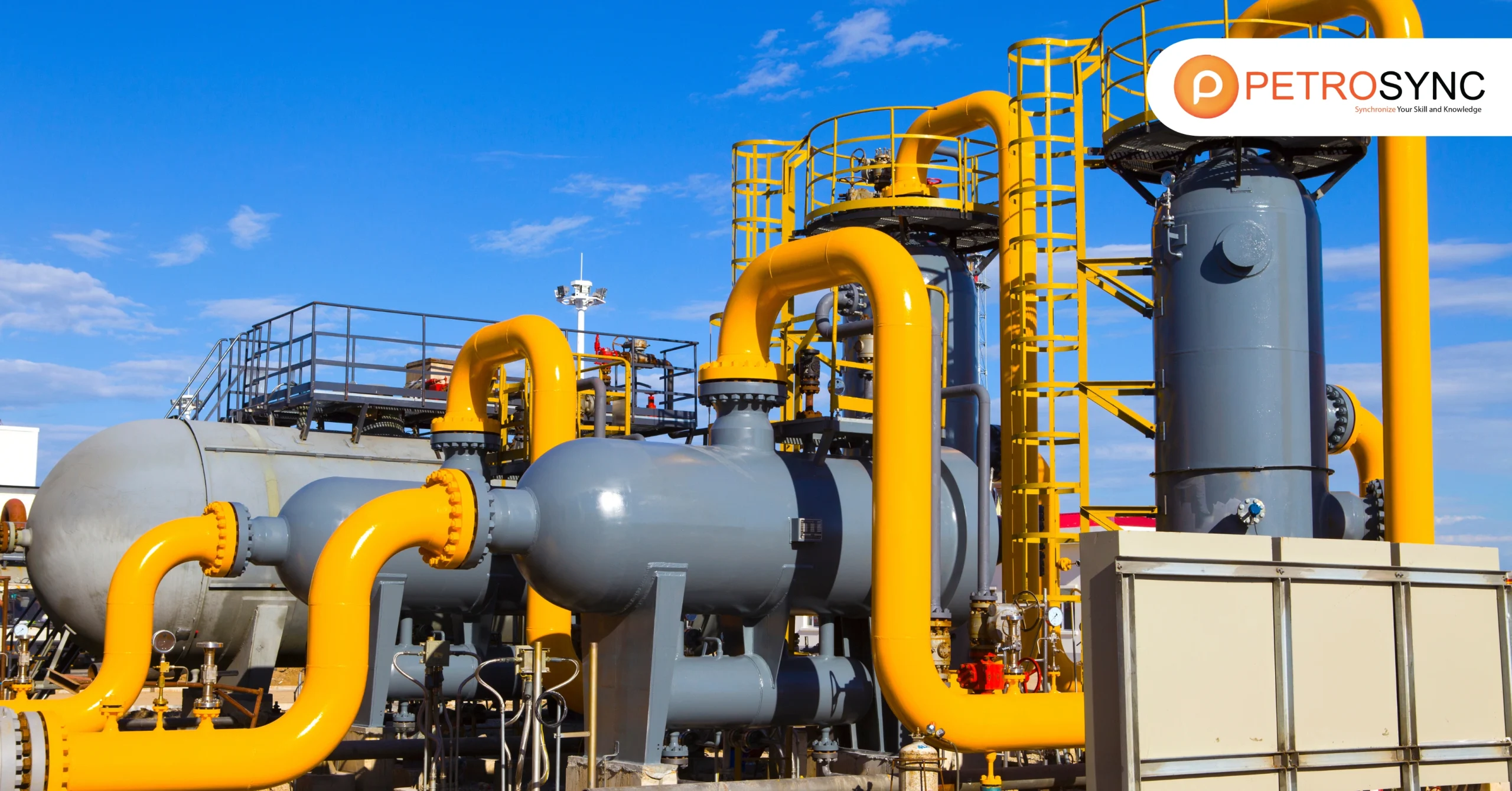In today’s interconnected global economy, many people often overlook the importance of petrochemicals, even though these substances support countless aspects of our daily lives. From the packaging that preserves our food to the fibers in our clothing and the components in our smartphones, petrochemical products are essential drivers of industrial growth and innovation.
Before diving deeper into the specifics of petrochemical products and their future potential, it’s important to build a clear understanding of what petrochemicals are and why they matter so significantly in the modern world.
What are Petrochemical Products?

Petrochemical products are chemical compounds derived from petroleum and natural gas. These compounds serve as building blocks for a wide array of materials and goods that support various industries, including manufacturing, healthcare, automotive, and consumer goods.
Common petrochemical products include plastics, synthetic rubber, detergents, solvents, adhesives, dyes, fertilizers, and even pharmaceutical ingredients. Without petrochemicals, modern life as we know it—from medical devices to automotive parts—would be vastly different and less advanced.
What Chemicals are in Petrochemicals?
The petrochemical industry primarily processes hydrocarbons extracted from crude oil and natural gas. The key chemicals produced include:
Ethylene: used in the production of polyethylene plastics and antifreeze solutions.
- Propylene: essential for making polypropylene, widely used in packaging and textiles.
- Benzene: a core ingredient in the manufacture of resins, nylon fibers, and synthetic rubber.
- Toluene: used as a solvent and as a precursor for producing explosives and dyes.
- Xylene: important for producing PET plastics and synthetic fibers.
These chemicals undergo complex refining and chemical reactions to transform into thousands of end products crucial to multiple industries.
What are 3 Petrochemical Products?
If we look at three key examples that demonstrate the reach and impact of petrochemicals, they would be:
1. Polyethylene: Found in plastic bags, bottles, and packaging materials.
2. Synthetic Rubber: Used extensively in tires, seals, and gaskets.
3. Fertilizers (Ammonia): Critical for enhancing agricultural yields and global food production.
These products not only enable modern conveniences but also support essential sectors like transportation, agriculture, and healthcare.
What is an Example of a Petrochemical?
An everyday example of a petrochemical is polypropylene. This versatile plastic is used in applications ranging from automotive interiors and reusable containers to medical devices and laboratory equipment. Polypropylene’s lightweight, chemical resistance, and affordability make it a preferred material across a broad range of industries, underscoring how petrochemicals touch almost every aspect of our lives.
Are Petrochemicals Good or Bad?
The role of petrochemicals is a complex discussion. On one hand, they have contributed tremendously to technological advancement, global economic growth, and quality of life improvements. Medical devices, affordable housing materials, and energy-efficient products would not be possible without petrochemical innovation.
However, environmental concerns around plastic pollution, emissions during production, and fossil fuel dependency highlight the challenges associated with petrochemical use.
The key lies not in vilifying petrochemicals but in advancing sustainable practices, improving recycling technologies, and investing in cleaner production methods.
A recent report by McKinsey & Company emphasized that integrating circular economy practices in petrochemical industries could reduce greenhouse gas emissions by up to 45% by 2050
Is Petrochemical the Future?
Despite growing investment in renewable energy, experts expect petrochemicals to play a central role in the global economy for decades to come. The International Energy Agency (IEA) projects that petrochemicals will drive over one-third of the growth in oil demand by 2030.
This growth is driven by increasing global demand for plastics, synthetic materials, and industrial chemicals—especially in emerging markets where industrialization and urbanization are accelerating. Companies that innovate sustainable petrochemical processes will likely lead the industry into the next generation.
Why is it Called Petrochemical?
The term “petrochemical” comes from ‘petroleum’, meaning crude oil, and ‘chemical’, referring to substances made through chemical processes. Essentially, petrochemicals are chemicals derived from petroleum and natural gas. This naming reflects the fundamental nature of the industry: transforming raw hydrocarbons into valuable chemicals and materials that power modern economies and societies.
Advance Your Career: Join PetroSync’s Professional Training
In an industry as dynamic as petrochemicals, continuous learning is not just an advantage—it is a necessity. Keeping up with technological advancements, regulatory changes, and sustainability initiatives requires updated skills and professional credentials.
PetroSync offers specialized training programs designed to equip professionals with practical, up-to-date knowledge of the oil, gas, and petrochemical industries.
Whether you’re aiming to enhance your technical expertise, expand your leadership capabilities, or prepare for international certifications, PetroSync’s programs provide the platform you need to thrive.

Results-oriented and thorough SEO specialist with extensive experience in conducting keyword research, developing and implementing digital website promotion strategies and plans, managing campaigns to develop company websites in the digital world, excellent knowledge of marketing techniques and principles, and attentive strong attention to detail.







